
Immersion Testing evaluates a product’s ability to perform as designed after being partially or fully submerged in water. This critical testing simulates real-world conditions to ensure the reliability of equipment exposed to wet environments, including underwater operations or accidental submersion. Products are typically secured to a heavy plate and immersed to the required depth, providing essential insights into their durability and performance.
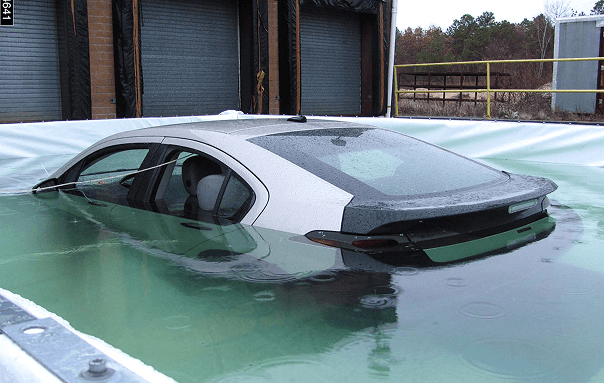

Testing standard and oversized equipment by partially or fully submerging in water.
Simulating deeper immersion depths by pressurizing the tank environment to replicate various submersion conditions.
Focused testing for hybrid and electric vehicles to verify the operation of onboard systems in conductive seawater environments.
Dayton T. Brown, Inc. offers versatile immersion facilities to accommodate a wide range of test items
Wind and Rain Testing evaluates the ability of equipment and materials to withstand environmental exposure to wind and rain, ensuring the effectiveness of protective covers, seals, and water removal systems. This testing helps identify potential vulnerabilities like water penetration and material degradation in various weather conditions.
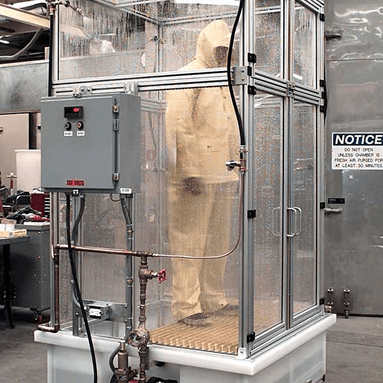

Tests the effectiveness of protective covers, seals, and cases in preventing water penetration under varying rainfall and wind conditions.
Evaluates the sealing capabilities of enclosures under high-velocity rain conditions.
Simulates condensation or leaks from an above surface area, assessing functionality and integrity under these conditions.
Ice/Freezing Rain Testing evaluates a product’s performance under icy conditions, ensuring it operates reliably despite environmental challenges. This testing identifies potential issues such as the binding of moving parts, reduced airflow efficiency in cooling systems, or diminished aerodynamic performance. By simulating rapidly changing temperatures, altitudes, and humidity levels, this testing ensures your product meets real-world demands.
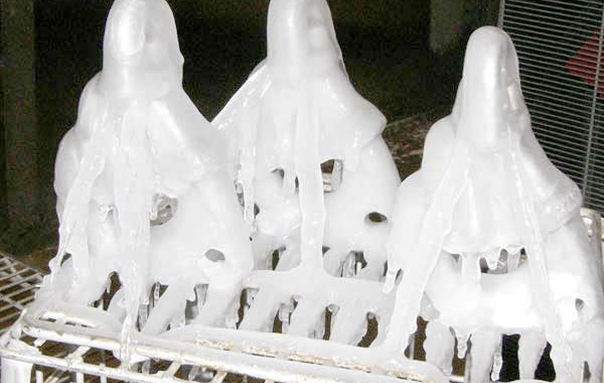

Simulates the effects of freezing rain and ice accumulation on test items, ensuring their performance under conditions where ice may form on external surfaces.
Focuses on evaluating how equipment performs when exposed to internal freezing, simulating conditions where humidity is absorbed and rapidly frozen within the item.
Connect with Dayton T. Brown, Inc. and let our experts guide you!
Dayton T. Brown, Inc. is the largest independent testing laboratory in the U.S., equipped to handle large projects such as full-scale aircraft/spacecraft static and fatigue testing. Whatever your testing needs we deliver unparalleled expertise, cutting-edge technology, and tailored solutions for your most demanding challenges.
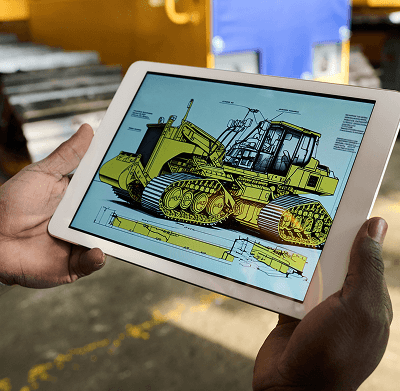

We provide comprehensive technical publication services, offering expert technical writing, illustration, data conversion, and systems integration. Our team specializes in mechanical, electrical, and hydraulic systems, and we are adept at creating and managing technical documentation to meet evolving standards like S1000D. From authoring and graphics to legacy data conversion and 3D model integration, we deliver precise, tailored solutions to support your technical information needs.


Our logisticians are experienced in the preparation of logistics management information and critical logistics deliverables such as level of repair analysis & provisioning, maintenance planning & reliability, and logistics consulting – ensuring efficient, cost-effective support for military, commercial, and government programs.
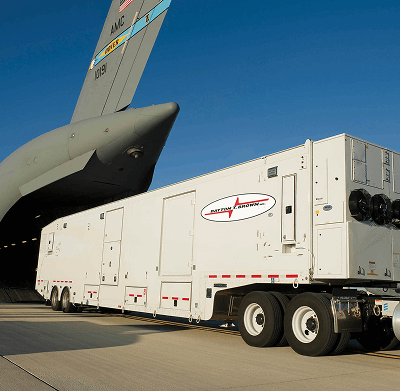

SCIFs, Shipping Containers, Material Management Support
We specialize in designing and integrating advanced products and intelligent systems such as mobile and transportable SCIFs, satellite shipping containers, and material procurement support for your critical missions.
Dayton T. Brown, Inc. 1175 Church St. Bohemia, NY 11716
Dayton T. Brown, Inc. 23967 Prop Way Hollywood, MD 20636